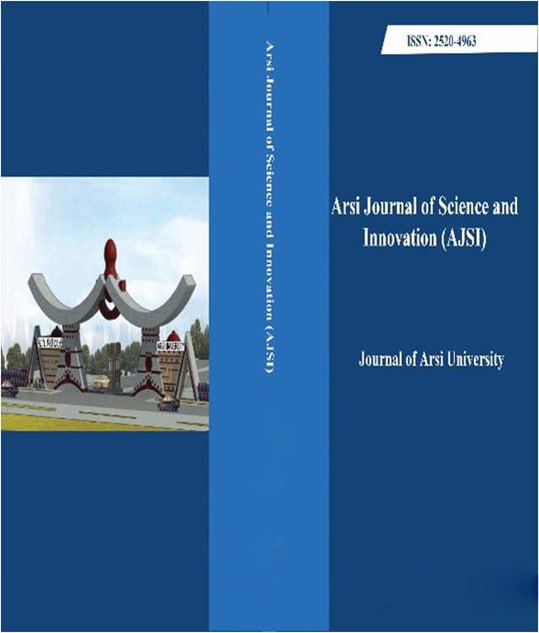Cultural, Morphological and Pathological Characterization of Alternaria Porri Isolates on Onion (Allium cepa L.) in Central and Eastern Ethiopia
DOI:
https://doi.org/10.20372/wvzg-sc15Keywords:
Alternaria porri;, onion;, pathogen characterizationAbstract
Alternaria porri (Ellis) Cif., the causative agent of onion purple blotch, causes severe damage to onion production in Ethiopia. However, there has been no empirical data on characterization of the isolates from Ethiopia. Eighteen A. porri isolates were collected from different onion-growing districts of Central and Eastern Ethiopia in 2016 cropping season to determine variation among the isolates using cultural, morphological and pathogenic traits. A 6-mm mycelia-disc was taken from a 7-day-old culture grown on potato dextrose agar (PDA) of each isolate and placed in center of a 90-mm petri-dish containing PDA medium. Three cultures were kept for each isolate, in a completely randomized design (CRD) and incubated at 25 oC for 7-15-days. A conidial suspension (5x104/ml) was made from a 10-day-old culture of each isolate and inoculated by spraying on 60-day-old seedlings of onion cv. Adama Red grown in plastic-pots (20-cm-diameter). The inoculated plants (two/pot) were arranged in a CRD in three replications. varied for cultural, morphological and pathological traits. Colony growth rate of the isolates ranged between 0.28 and 0.65 mm/day. Color of the colonies ranged from whitish-gray to dark-gray and had velvety or cottony texture with circular to irregular margins. The conidial dimensions ranged from 19.86-38.73x 8.86--5 transverse and 1-2 longitudinal septa. The area under disease progress curve and disease progress rate levels ranged from 267.20-1068.23%-days and 0.08-0.19 unit/day, respectively. The study has identified existence of considerable variation among A. porri isolates in Central and Eastern Ethiopia.
Downloads
Published
Issue
Section
License

This work is licensed under a Creative Commons Attribution-NonCommercial 4.0 International License.
